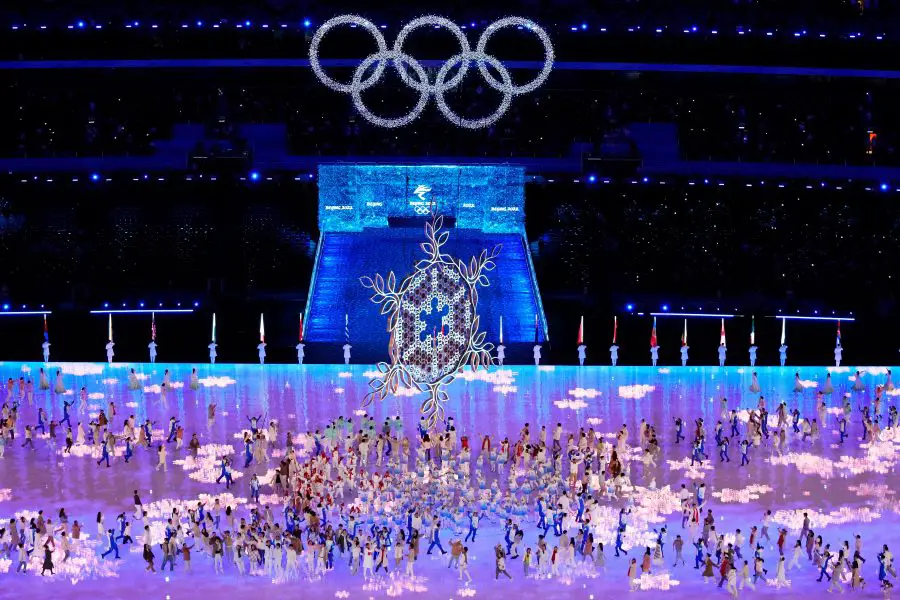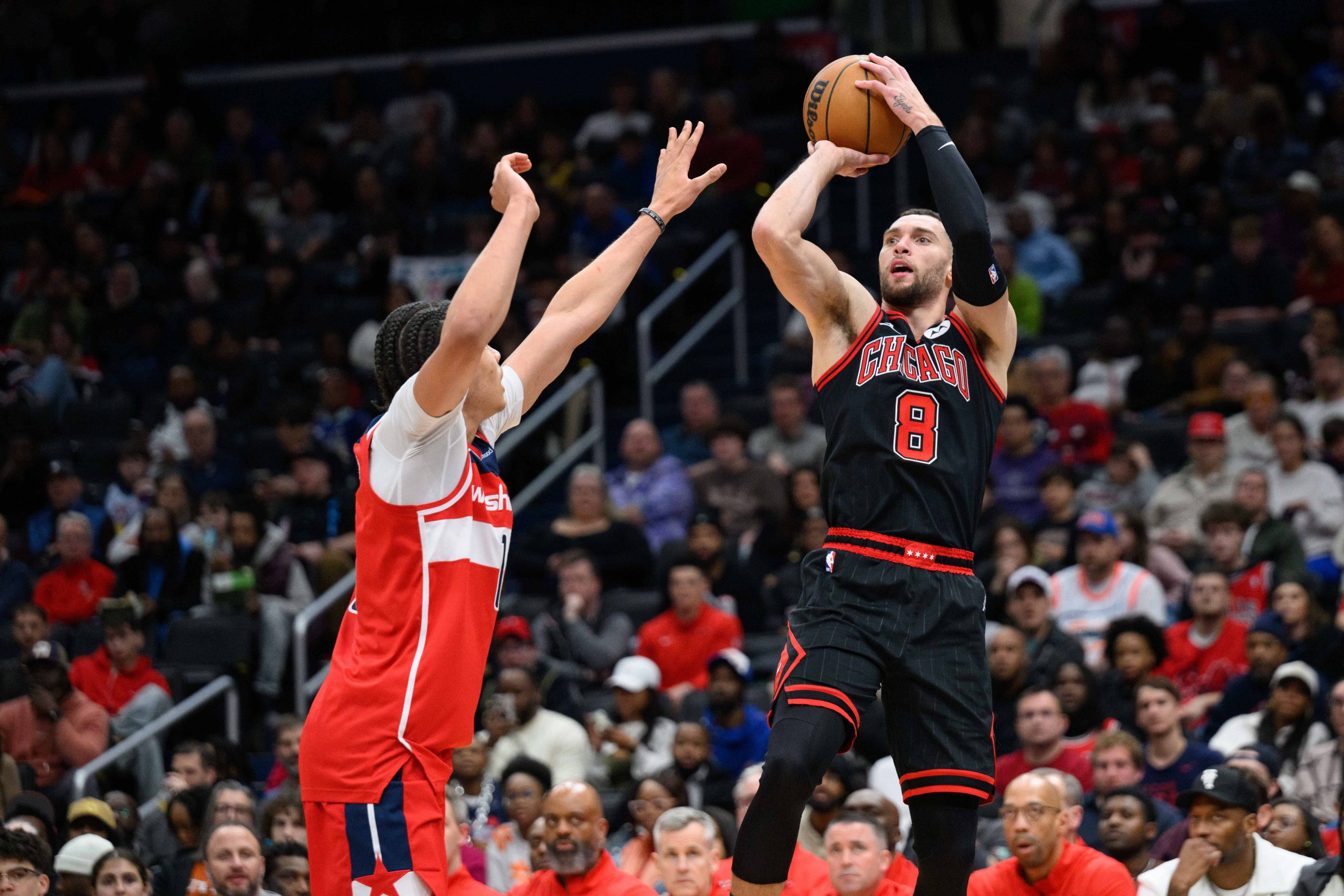The Olympics are the pinnacle of global sports, held every two years in alternating Summer and Winter formats. Each edition showcases athletes’ abilities in different seasonal conditions, reflecting the diversity of sports and cultures worldwide. This article explores the differences, unique features, and significance of the Summer and Winter Olympics while highlighting details from the latest editions.
Summer and Winter Olympics
The Summer Olympics and Winter Olympics are two distinct sporting events governed by the International Olympic Committee (IOC). They differ in terms of the sports featured, the types of athletes competing, and the climatic requirements for hosting the games.
While the Summer Olympics began in 1896, the Winter Olympics started much later in 1924 to cater to snow and ice-based sports. These events are now held in a staggered schedule, two years apart, ensuring that sports enthusiasts have something to look forward to regularly.
Key Differences Between Summer and Winter Olympics
The following table summarizes the primary differences between the two Olympics:
| Feature | Summer Olympics | Winter Olympics |
| First Held | 1896 in Athens, Greece | 1924 in Chamonix, France |
| Seasonality | Warm weather | Snow and ice conditions |
| Number of Sports | Over 30 | Around 15 |
| Popular Sports | Athletics, swimming, gymnastics | Skiing, ice hockey, figure skating |
| Athlete Participation | Over 11,000 (2020 Tokyo Olympics) | Approximately 2,900 (2022 Beijing) |
| Host City Requirements | Large stadiums, open fields, pools | Ski slopes, ice rinks, snow-making tech |
| Frequency | Every four years | Every four years |
Highlights from the Latest Olympics
Summer Olympics: Tokyo 2020 (Held in 2021)
The Tokyo 2020 Olympics, postponed to 2021 due to the COVID-19 pandemic, were historic for several reasons:
- Athlete Participation: Over 11,000 athletes from 205 countries competed across 33 sports.
- New Sports Introduced: Skateboarding, surfing, sport climbing, and karate made their Olympic debut.
- Memorable Moments:
- Simone Biles highlighted the importance of mental health by stepping back from some gymnastics events but returned to win bronze on the balance beam.
- Neeraj Chopra won India’s first-ever Olympic gold medal in athletics (javelin throw).
- The USA topped the medal tally with 113 medals, including 39 golds.
Winter Olympics: Beijing 2022
The Beijing 2022 Winter Olympics showcased incredible performances under challenging conditions:
- Athlete Participation: Nearly 2,900 athletes from 91 nations competed in 109 events across 15 sports.
- Key Highlights:
- Norway dominated the medal tally with 37 medals, including 16 golds, setting a new Winter Olympics record.
- Eileen Gu, competing for China, won two golds and a silver in freestyle skiing, becoming one of the most celebrated athletes of the Games.
- The USA secured 25 medals, with standout performances in snowboarding and figure skating.
- Technological Advances: Artificial snow was extensively used, covering 100% of the competition venues.
Characteristics of the Summer Olympics
The Summer Olympics is the larger and more diverse of the two events, featuring over 30 sports and hundreds of events. Sports in this category generally require warm weather and outdoor venues.
Popular Summer Sports
- Athletics: Iconic track and field events like the 100-meter sprint and marathon.
- Swimming: Fast-paced races in large pools, drawing massive global attention.
- Basketball and Soccer: Team sports with passionate followings worldwide.
- Gymnastics: A combination of artistry and athleticism, showcasing incredible human capabilities.
Athlete Participation
The Summer Games attract over 11,000 athletes from more than 200 countries. Its larger scale and broader appeal make it the premier stage for global slot gacor sports.
Characteristics of the Winter Olympics

The Winter Olympics, though smaller, offer a specialized and visually captivating experience. Sports depend heavily on snow, ice, and cold climates, creating challenges for both athletes and organizers.
Popular Winter Sports
- Skiing: Various forms like downhill, slalom, and ski jumping.
- Figure Skating: A blend of athletic skill and artistic expression on ice.
- Ice Hockey: A fast-paced, physically demanding team sport.
- Bobsleigh and Luge: High-speed sports that showcase technical precision.
Venue and Technology
Winter Olympics are hosted in mountainous or cold-weather regions, with extensive infrastructure required for ski slopes and ice rinks. Advances in snow-making technology ensure that suitable conditions are maintained even in less predictable climates.
Comparison of Athlete Preparation
| Factor | Summer Olympics | Winter Olympics |
| Training Focus | Endurance, agility, speed | Balance, adaptability, resilience |
| Training Environment | Warm-weather facilities | Cold regions or specialized rinks/slopes |
| Seasonal Challenges | Heat and humidity | Snow, ice, and freezing temperatures |
Impact on Host Cities
Hosting the Olympics is a massive endeavor, with each event leaving a lasting legacy on the host city.
Economic and Cultural Impact
- Summer Olympics: Boost urban development, tourism, and infrastructure in host cities. Examples include Barcelona 1992 and Tokyo 2020.
- Winter Olympics: Promote ski resorts and cold-weather tourism. For example, the 2010 Vancouver Games enhanced the global appeal of Whistler.
Venue Requirements
Summer hosts need expansive stadiums and outdoor arenas, while Winter hosts require ice rinks, ski slopes, and snow-making facilities.
The Role of Climate in Sports Selection
The choice of sports is heavily influenced by the season:
- Summer sports thrive in warm, open environments, enabling activities like running, swimming, and cycling.
- Winter sports demand snow and ice, relying on colder climates to facilitate skiing, skating, and snowboarding.
Global Participation and Viewership
Both events have passionate global audiences, but their reach varies:
- Summer Olympics: Broader global participation due to the variety of sports and their accessibility.
- Winter Olympics: Higher popularity in regions with snow and ice sports traditions, such as Europe and North America.
Conclusion
The Summer and Winter Olympics represent the pinnacle of athletic achievement, each tailored to the unique characteristics of the season. The Tokyo 2020 Summer Olympics showcased resilience and innovation in unprecedented times, while the Beijing 2022 Winter Olympics highlighted the marvels of technology and athlete adaptability. Together, these games celebrate the spirit of sportsmanship and unite the world through the diversity of sports.
For More Great Chicago Sports Content
Get the latest Chicago sports news, analysis, and breaking stories on the Bears, Bulls, Blackhawks, Cubs, White Sox, Sky, and more! Tap the star to add us to your favorites on Google News, so you never miss a story on your favorite Chicago teams.
Follow us on Twitter at @chicitysports23 for more great content. We appreciate you taking time to read our articles. To interact more with our community and keep up to date on the latest in Chicago sports news, JOIN OUR FREE FACEBOOK GROUP by CLICKING HERE




